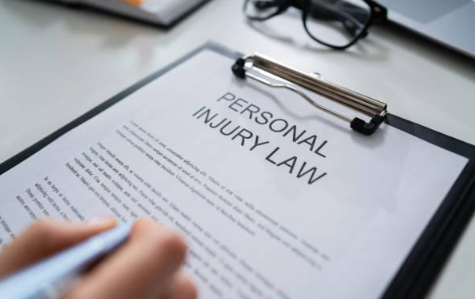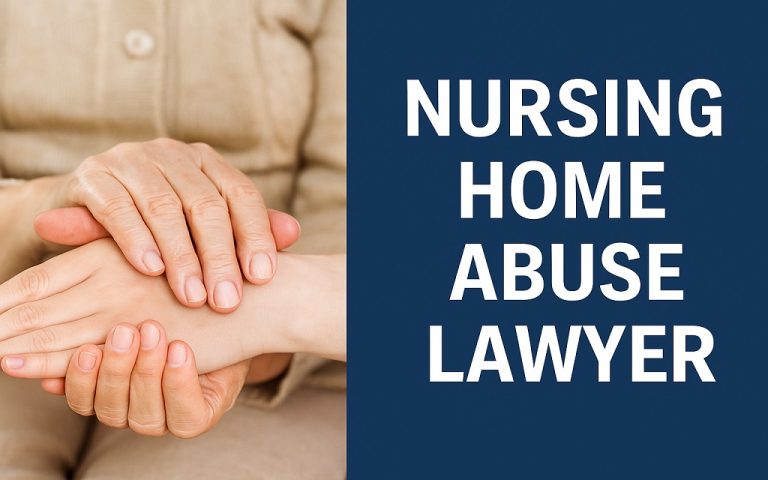Accidents happen. Sometimes, they’re just unfortunate things. But sometimes, it was because someone else was careless. That brings us to the word negligence. You might have heard this term from an attorney or read about it online. But exactly what does it mean? And why is it so big in personal injury law?
We’ll simplify it for you. In personal injury law, negligence implies that a person did not take proper care and that their failure hurt another person. It’s not always about someone doing something wrong intentionally. It is typically about what they did wrong — what they ought to have done to keep you safe.
What Does Duty of Care Mean?
Imagine you are driving your vehicle. You’re supposed to drive safely, follow traffic rules, and be alert. This is your “duty of care.” You owe this obligation to yourself and also to others on the road. Now, if someone drives while texting and hits your car, they have failed that duty. They were careless and placed others in danger. To prove negligence claim in a personal injury case, certain things must be shown. You can’t just say, “I got hurt, so the other person is to blame.” The law needs a clear link between their careless action (or inaction) and your injury.
How Does Negligence Cause Harm?
Say you are in a grocery store. There’s a spill on the floor that no one cleaned up or put a warning sign around. You slip, fall, and break your back. The store had a duty to keep the floor safe. Their failure to clean up or warn you may be negligent. And because of that negligence, you were hurt.
So, what they didn’t do led to your injury, that is what personal injury law looks for in deciding whether somebody was negligent.
The Purpose of Proving Negligence
But why is all this important? It’s as simple as justice and compensation. If you’re injured because somebody else was careless, you shouldn’t have to pay for medical bills, lose income, or suffer in silence.
You can learn more about the process in this Personal Injury Claim guide.
It is not about blaming everyone for everything. It is about righting the wrong when something terrible happens because somebody did something bad.
Common Examples of Negligence in Daily Life
Negligence can happen anywhere. Listed here are some situations where it might appear:
- Car accidents: A driver runs a red light or drives too fast in the rain.
- Medical cases: A doctor forgets to check for allergies before prescribing medicine.
- Public places: A shop owner fails to fix a broken step and someone trips.
- Workplace incidents: Safety measures aren’t followed, and an employee gets hurt.
In all of these cases, someone owed an obligation to act carefully who did not.
So, What Happens After Negligence Is Proven?
In case negligence is proven, you may be compensated. This can include:
- Medical expenses
- Lost wages
- Pain and suffering
- Emotional distress
- Long-term care, if needed
But remember, every case is different. Some injuries are small, while others can change your life forever. That’s why it’s important to talk to a legal expert if you’re unsure what steps to take.
Why Personal Injury Law Exists
The purpose of personal injury law is to protect people like you. Life is unpredictable, but the law makes sure that if somebody hurts you, you have an opportunity to recover.
It is not about punishing people harshly. It involves holding them accountable in a legal way. When someone’s carelessness damages something, they should repair the damage. That’s the whole concept of personal injury law and negligence.
Final Thoughts
If you’ve been hurt because someone else didn’t take the right precautions, you’re not alone. Many people find themselves in this position and feel confused about what to do. Understanding negligence is your first step. It gives you the power to take action, ask the right questions, and seek justice.
Whether it’s a car crash, a workplace injury, or a slip in a public place—know your rights. Don’t carry the burden of someone else’s carelessness alone.




